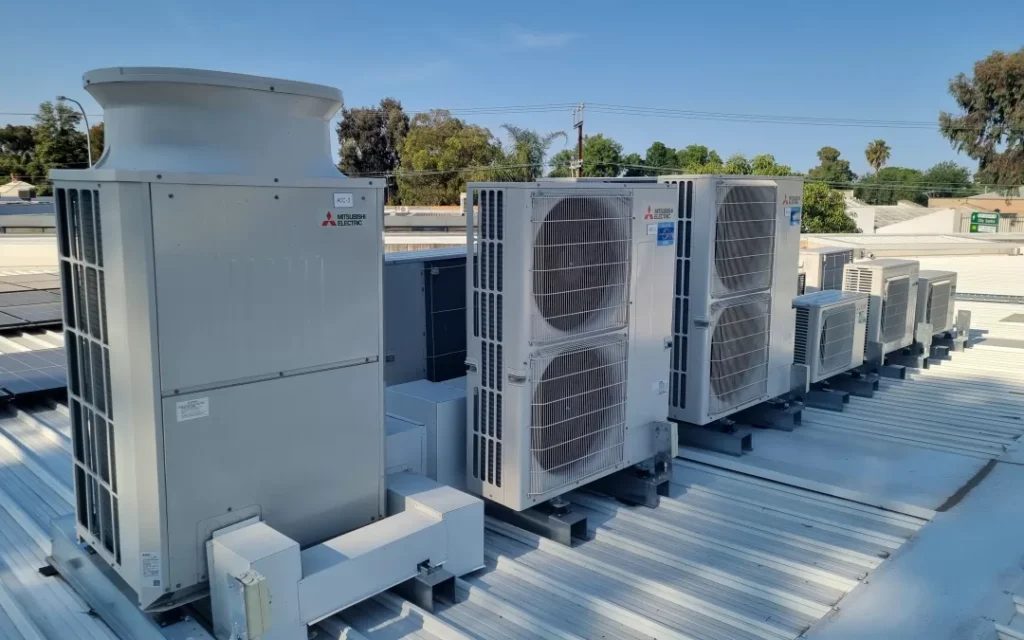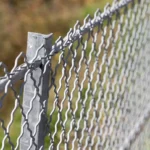Knowing how your HVAC system works is key to maintaining a comfortable, efficient home year-round. One part that often goes unnoticed—but plays a crucial role—is the return air vent system. In this guide, we’ll explore what return air vents are, how they differ from supply vents, common issues that affect performance, and how to keep them running smoothly.
What is an HVAC return air vent system?
A return air vent is an essential component of your HVAC system. Its main function is to pull air from your home back into the system, where it can be filtered and reconditioned—either heated or cooled—before being redistributed through the supply vents. Some homes feature one large central return vent, while others use multiple smaller vents throughout various rooms. Whether high on a wall or centrally located, return vents help regulate air pressure, promote airflow, and support air filtration.
In systems with a central return vent, there’s typically a filter installed to trap dust and allergens before air re-enters the HVAC unit. This setup plays a big role in maintaining indoor air quality and keeping your equipment from working harder than necessary.
Return vs. Supply Vents
Supply and return vents serve opposite but equally important functions. Supply vents deliver conditioned air into your living spaces—you’ll feel air blowing out of these. They are often located on walls, ceilings, floors, or along baseboards.
Return vents, by contrast, draw indoor air back into the HVAC system. Instead of blowing air out, they pull it in, helping to keep air circulating consistently. A well-balanced system requires both vent types to function correctly. Without adequate return airflow, your system can struggle to maintain even temperatures throughout the home.
Common Problems
- Weak Airflow: Blocked or improperly sized vents and ducts, or dirty filters, can restrict airflow and lead to inconsistent indoor temperatures.
- Duct Leaks: Gaps or cracks in return ducts can cause energy loss and reduce air quality by drawing in dust and pollutants.
- Clogged Filters: Dirty filters can strain the HVAC system, reducing efficiency and potentially shortening its lifespan.
Maintenance Tips
- Keep Vents Clear: Avoid placing furniture or curtains in front of return vents, and clean them regularly to maintain strong airflow.
- Seal Duct Leaks: Use HVAC-grade tape or mastic sealant to close any leaks and ensure efficient airflow back to the system.
- Replace Filters Regularly: Change or clean filters every 1–3 months, depending on usage. This simple task keeps air clean and your system running efficiently.
By understanding and maintaining your return air system, you can enhance comfort, reduce energy costs, and extend the life of your HVAC equipment.






